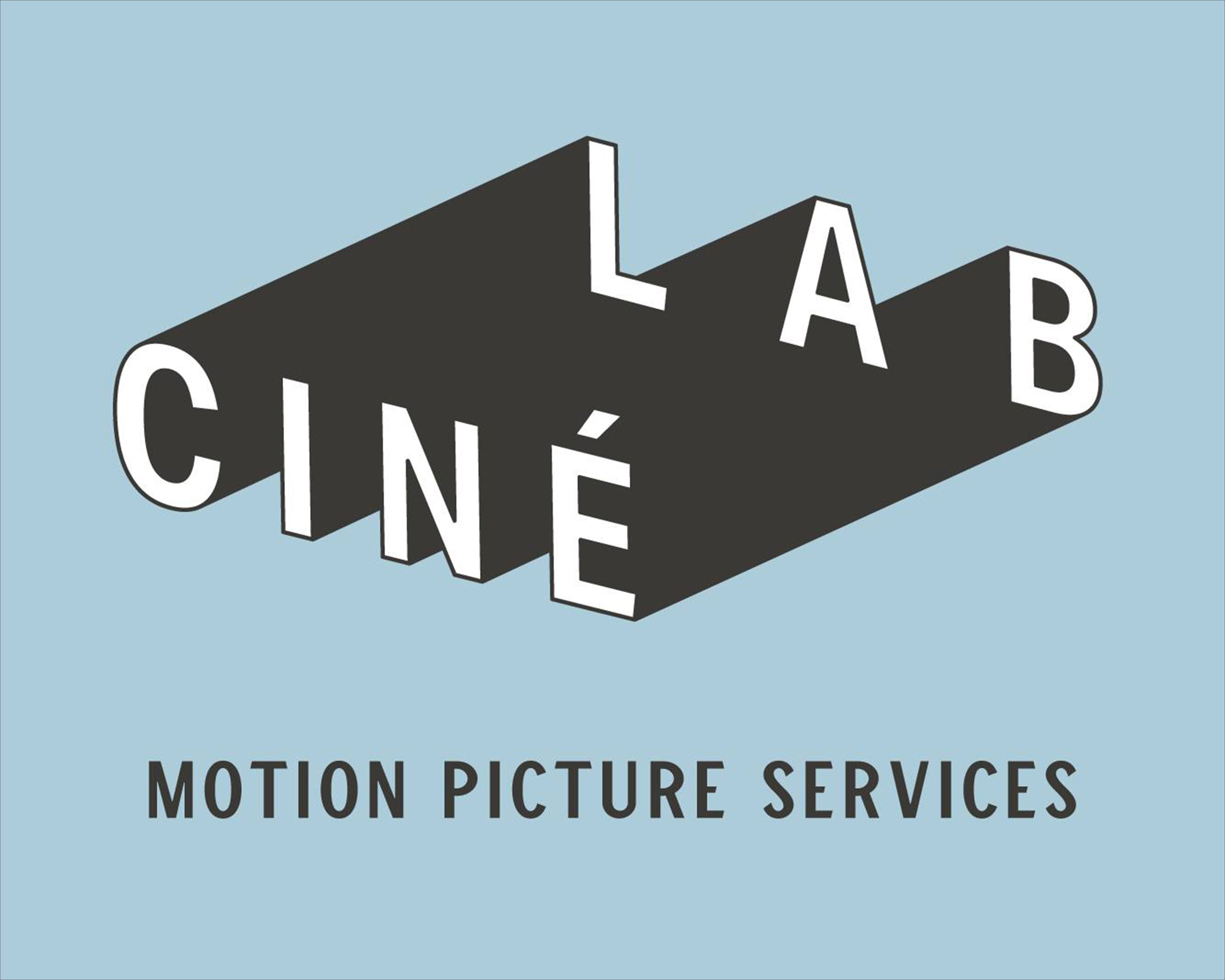People get confused by the fact that in standard def video (NTSC & PAL), 16x9 and 4x3 share the same pixel dimensions (720 x 480 for NTSC, let's say.) The reason they create different aspect ratios is that in a 16x9 recording, the pixels are very rectangular (non-square). On a 16x9 display, the image fills the screen and looks normal. But on a 4x3 display (which is still how most people look at video), the image will look stretched or skinny.
It has to be converted somehow from a 16x9 signal to a 4x3 signal with letterboxing to preserve the whole 16x9 (1.78 : 1) image. A VHS player cannot do this, most 4x3 TV sets cannot do this, but a DVD player is designed to do this, which is why you'll most likely run into 16x9 recordings on DVD. In fact, most theatrical features shot in film are released in 16x9 on DVD even though most people watch it converted to letterbox on their 4x3 TV sets.
A professional video camera will usually have 16x9 CCD's so the 16x9 image is using all the pixels of the CCD for the recording. Most consumer cameras though have 4x3 CCD's, so when you use the 16x9 mode of the camera, it crops the 4x3 CCD area to 16x9 and then stretches this back out to fill 720 x 480 pixels for a 16x9 NTSC recording, let's say. So you lose some resolution compared to a camera with true 16x9 CCD's.
Then same thing happens if you shoot in 4x3 and then do the crop & stretch in post to 16x9. This is why some people mess with little anamorphic adaptors for DV cameras that optically squeeze a 16x9 image onto the 4x3 CCD area.
The DVX100 when set to 16x9 mode actually just letterboxes 4x3 to a 16x9 shape. I think the DVX100A offers both methods of 16x9 (letterboxed 4x3 and crop & stretch to 16x9).
The Sony PDX10 and the Canon XL2 use a method of a smaller area inside the 4x3 CCD to get 4x3 from, and then when using the camera in 16x9 mode, it uses a 16x9 area of the CCD -- sort of imagine the 4x3 areas and the 16x9 areas overlaid like a cross all within the borders of a larger 4x3 CCD. The point is that this means the you use the same amount of pixels to capture a 4x3 or 16x9 image, versus cropping a 4x3 image to 16x9.
Anyway, should you shoot in 16x9 mode with these consumer cameras, your image will look squeezed on a 4x3 display unless converted to display as a letterboxed image. I assume in editing 16x9 footage, you can get your editing software to display the footage unsqueezed for you while you are working (I haven't done much cutting of 16x9 footage so I can't be specific). You create a 16x9 edited master that you can put onto DVD or tape, but I'd also create a separate 4x3 letterboxed master for making VHS dubs.





